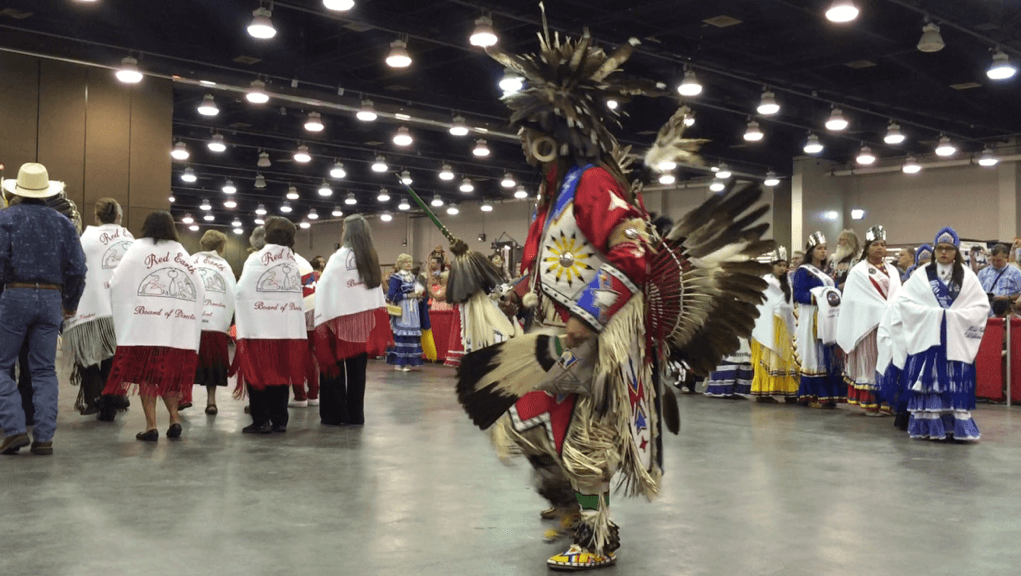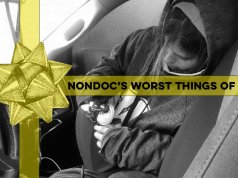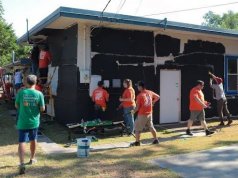
As I’ve traveled the country, I’ve witnessed the widespread cultural clash over white people wearing headdresses, the Washington Redskins mascot debate, and even speculative concerns over Pottermore’s new North American wizarding school. Surely, Oklahoma — Home of the Red Man — would provide solid ground for tackling the question of native appropriation.
Armed with my one question, I attended the 30th annual Red Earth Festival, which ran from June 10 to 12 in downtown Oklahoma City. Touted as the premier Native American festival with a grand parade unlike any other, this was my first Red Earth, and I made a special effort to be in Oklahoma for it.
I expected to be ensconced in authenticity and a sense of Native American pride in my home state, and I looked forward to exploring native appropriation with festival attendees, but as I spoke with people at the event, a new story emerged.
Inclusion as a survival mechanism
I walked into the Cox Convention Center’s science fair-styled vendor warehouse with other attendees who had bought the $11 event tickets. I vied for a spot to take a few photos of the dancers and veterans at Market Stage, a back corner roped off with some red curtains and PVC pipe. Most of the crowd shifted uncomfortably in the few provided bleachers or stood on tiptoes trying to see over each other’s heads. A fancy dancer on the fringe of the crowd caught my eye, and I walked over and introduced myself to Amy Taulman, a Lipan Apache visiting from Texas.
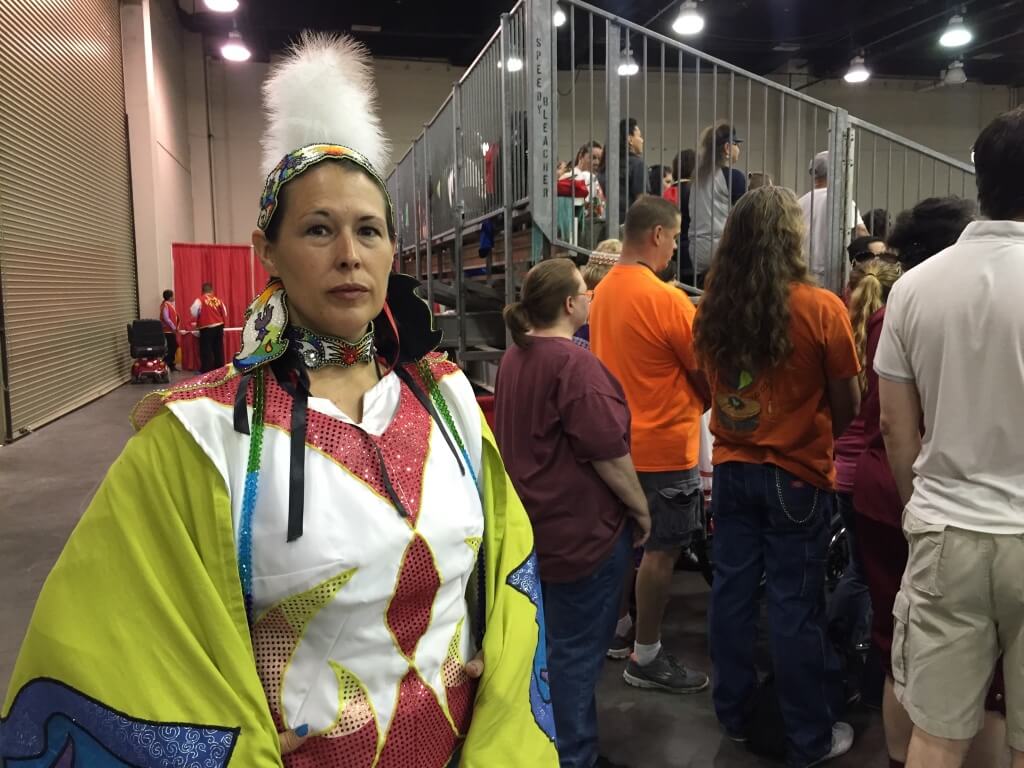
“We’ve always had a spirit of welcome,” said Taulman, who gracefully answered my native-appropriation question and told me that she wants people to embrace learning about her culture.
“This is just a show,” she said. “We do this to show who we are. Children are always enthusiastic learners, so we welcome them if they dart out into a dance, but for adults, pay attention to what is happening and why.”
Taulman said issues of appropriation started alongside the tribal history of inclusion.
“Inclusion was always part of our culture, but in the end, we offered it as a means of survival,” she said.
‘Not what it used to be’
Jolene Bird, an accomplished artist from Santa Fe, shared Taulman’s goodwill.
“I enjoy coming here because I love meeting and talking with new people,” Bird said. She has been bringing her handcrafted mosaic jewelry to the festival for 20 years. Last year, she won best of show. “But the show isn’t anything like it was when I first started coming.”
She shook her head, saying, “It’s not what it used to be.”
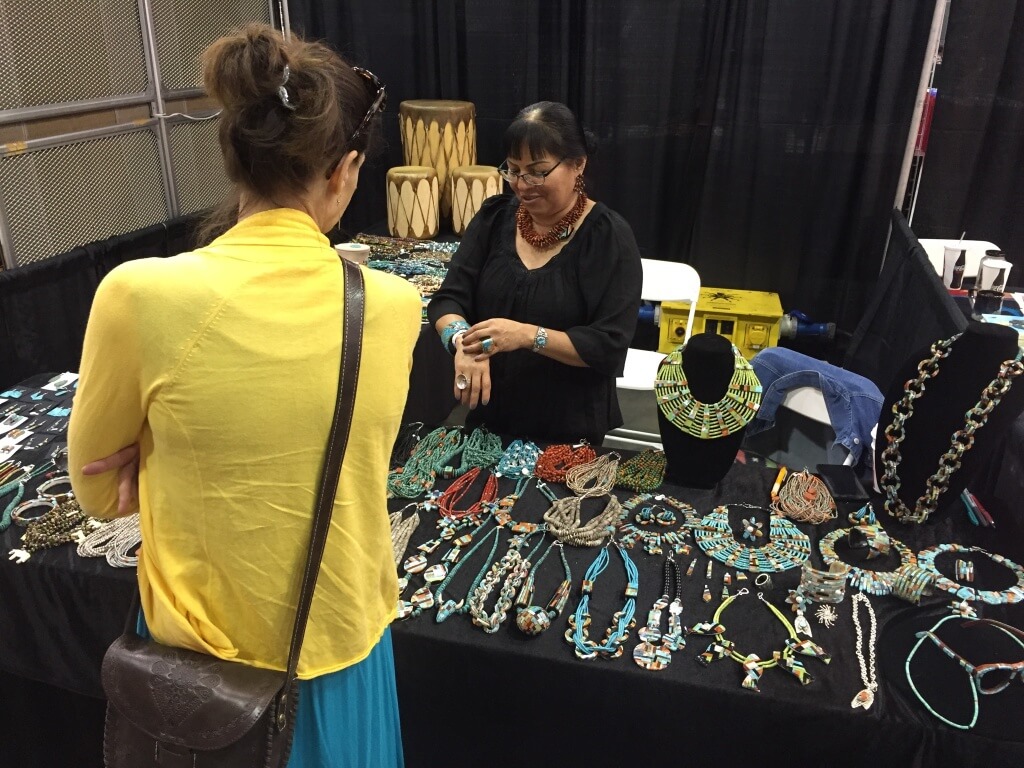
The Cheyenne artist next to her, Merlin Little Thunder, agreed.
“It has dwindled a lot,” he said. He’s been coming for 18 years. When I asked him what keeps him coming back, he answered quickly, “Migration.”
The artist hooked his thumb into his black jean pocket and said, “We are all nomadic. We go through peaks and valleys as a people. This festival, too. This started very big. But that’s not what is important. I’d like to see people leave with a little knowledge.” He abruptly stopped and then continued, “Longevity. What matters is what will remain.”
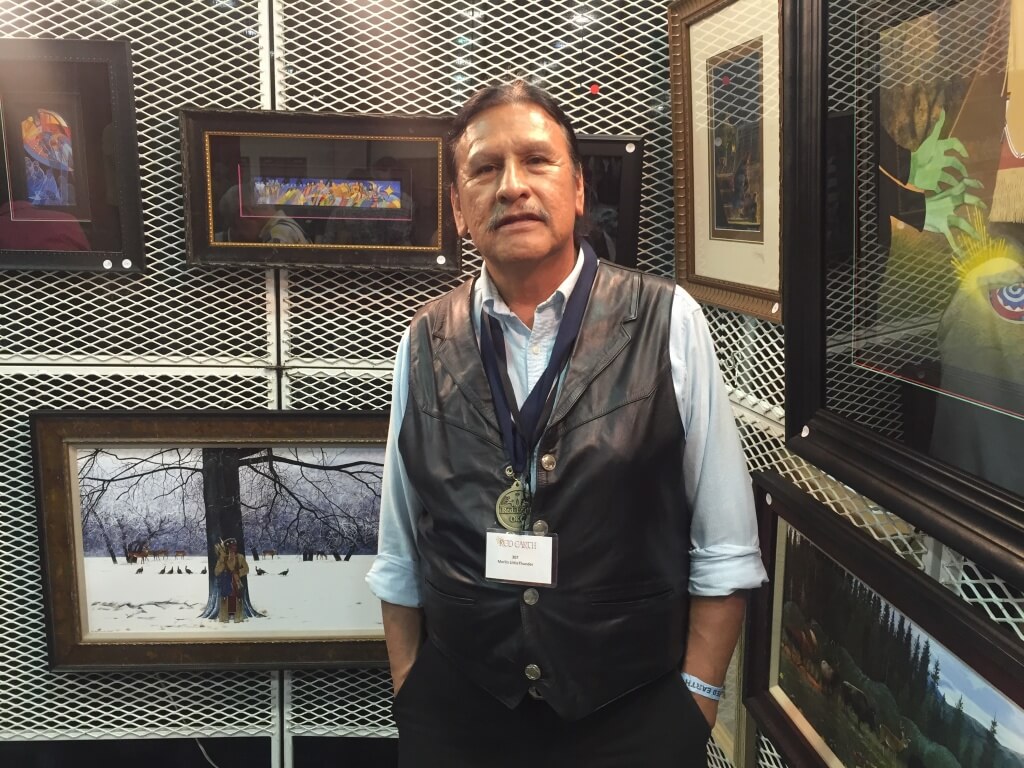
Food vendors benefit from ‘monopoly’
Searching for food took me down a row of vendors ranging from Super Pretzel to Pizza Hut. I commissioned my mother and son in the hunt for Indian tacos, and someone pointed them to the Champions concession stands. For $8 to $10 a plate, we each ended up with something akin to fried leather. Picture pinto beans and diced tomatoes flinging off our paper plates while we attempted knife-cutting worthy of a saddle maker.
We eventually abandoned the task. The nearby Pizza Hut cashier, Ebonee Perry, chuckled over our predicament. When I asked her about the glaring absence of authentic Native American food, she shrugged.
“I honestly don’t know,” she said. “If you come to a Native American festival, you’d expect to see more authentic choices — Indian tacos, some kind of corn, maybe other things. Pizza and candy are choices, but it shouldn’t be the only choices.”
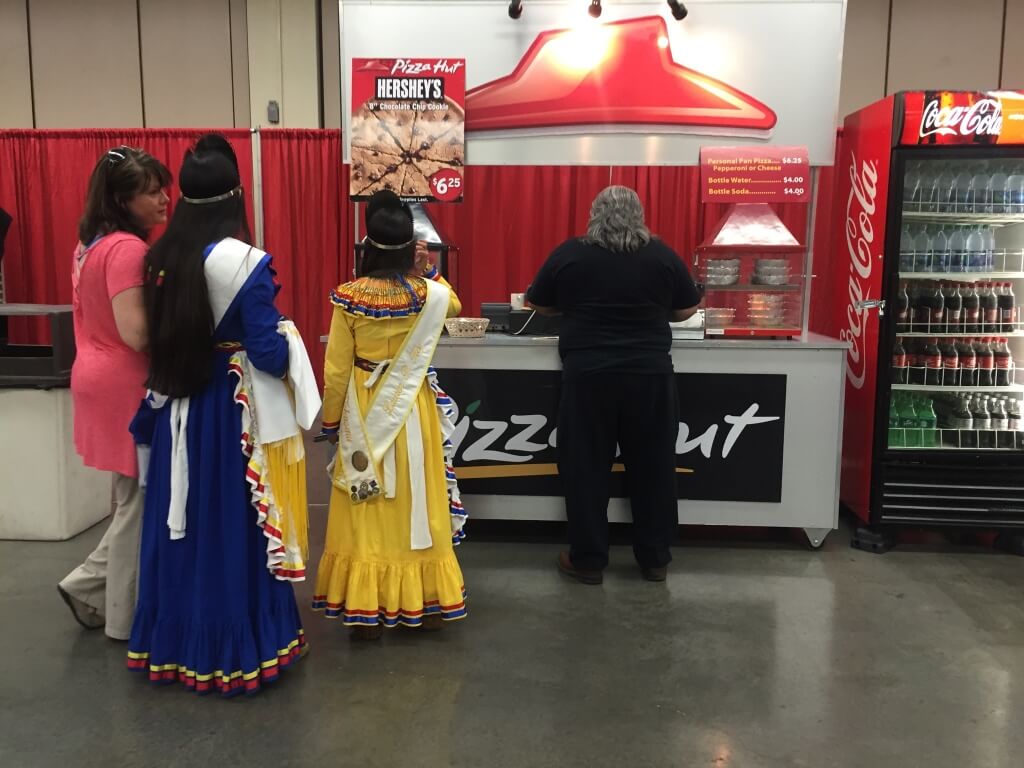
Indian Country Today recently wrote, “The American part of Native American is in full force” at festivals. “The hot-and-now foods of American festivals have recently staked a claim on pow wows. There are fewer native vendors doing this now. If you’re at a fairground, the carnival food stands may have a contract with the grounds. It can be hard to compete with those vendors.”
“It’s a monopoly,” said Virginia Treadway, volunteer coordinator for Red Earth. “Cox Convention Center only occasionally allows someone else in.”
Lack of pow wow disappoints
Treadway has been working with Red Earth since 2003. While she and the other volunteers at the Red Earth table were sympathetic with my fry bread woes, she told me that many festival goers have shared the same complaints.
When I asked Treadway about the overall commentary of festival goers, she said people were “disappointed that there isn’t a pow wow. They keep asking ‘Where are all the dancers?’”
“This festival is a non-profit,” she said. “When funding was withdrawn for this festival, it changed things. We just didn’t learn fast enough to be able to do any fundraisers.”
Perhaps the only other table as busy as the volunteer table was the Indian Arts and Crafts Board, manned by Bambi Allen. Allen, a longtime participant in Red Earth as a dancer, artist and now advocate, said this was the first year Red Earth hasn’t had a pow wow.
“Tons of people have been coming up asking about what happened this year,” Allen said. “Everyone is upset that they removed the pow wow.” She had heard this is the first year that Red Earth hasn’t had one. “What you’re seeing today is just a show.”
She echoed Taulman and Treadway’s words but tried to piece together the questions and rumors circulating around the event.
“Everyone is disappointed. The dancers, the vendors, the participants,” Allen said. “People have come in from Albuquerque and all over, and they didn’t know there wasn’t going to be any pow wow till they got here.”
‘A difficult decision’
When I shared the overall grievances regarding the removal of a pow wow with Eric Oesch, director of communications with the Red Earth organization, he said it was simply a misunderstanding.
“We’ve never had a pow wow. It has always been a dance competition,” he said Wednesday by phone. “When we lost all of our funding from the Oklahoma Department of Tourism and then a third from the Oklahoma Arts Council — who also lost their own funding — it made us sick to our stomach. We had to make a difficult decision.”
In addition to a state funding cut, Devon, SandRidge and Chesapeake donations across Oklahoma have shrunk along with their revenue. Oesch said that meant no prize money for dancers, among other things.
When Red Earth found out about the funding withdrawal, Oesch said a letter was issued to all participants informing them there would be no contests. He said free tickets were offered to those who still wanted to come in their regalia and participate.
“We let them know as soon as we knew. We just didn’t have much time,” Oesch said.
This puzzle piece connected to the another unanswered question of mine: Why had the festival dwindled over the years?
Oesch said that when Red Earth started out, it was one of the first venues to offer substantial prize money for dancers. Over the years, it has awarded dance prizes amounting to $550,000. In recent years, however, casinos have begun offering dancers large prizes.
“We are competing with casinos that offer $100,000 in prize money. We can’t offer that,” Oesch said.
I find that dancers are the lifeblood of cultural shows, and when their participation dwindles, so does the festival.
“We’ve been here before. The Oklahoma economy rises and falls, but Red Earth’s mission is very simple. If we can provide scripted dance shows for the public, we’ll do that,” he said. “Our mission is to provide an outlet for Native American artists to share and sell their artwork, and we will continue to do that and take great pride in offering that.”
(Editor’s Note: This post was updated to correct attribution.)








